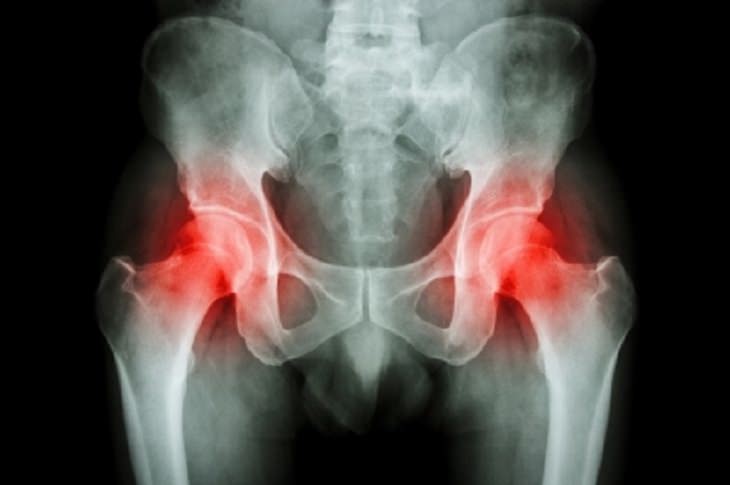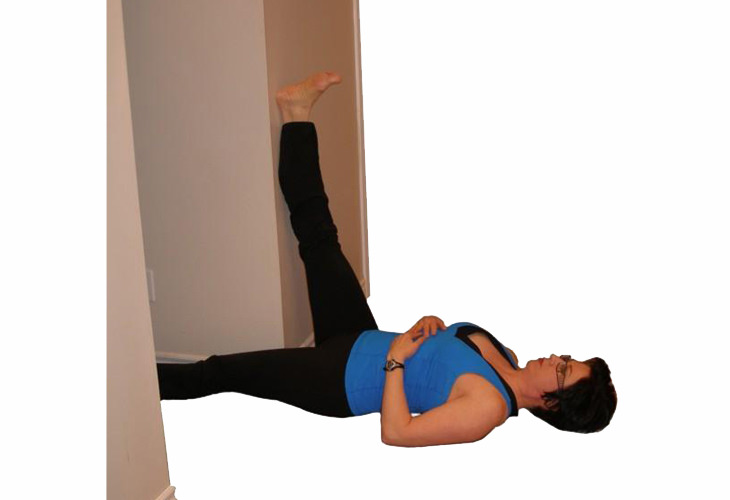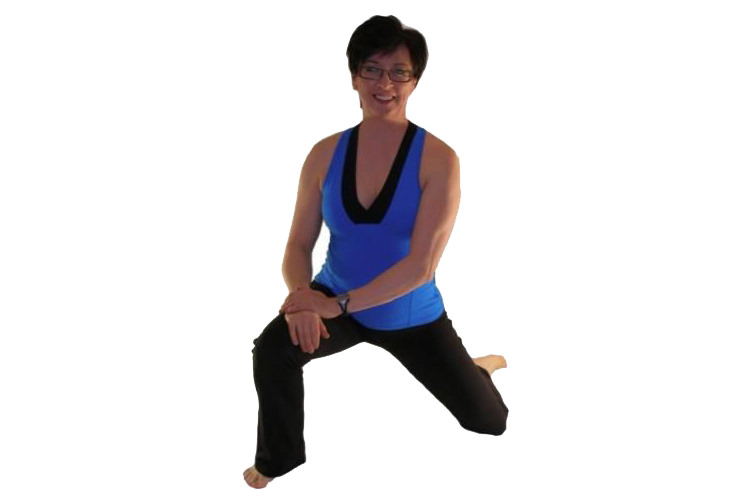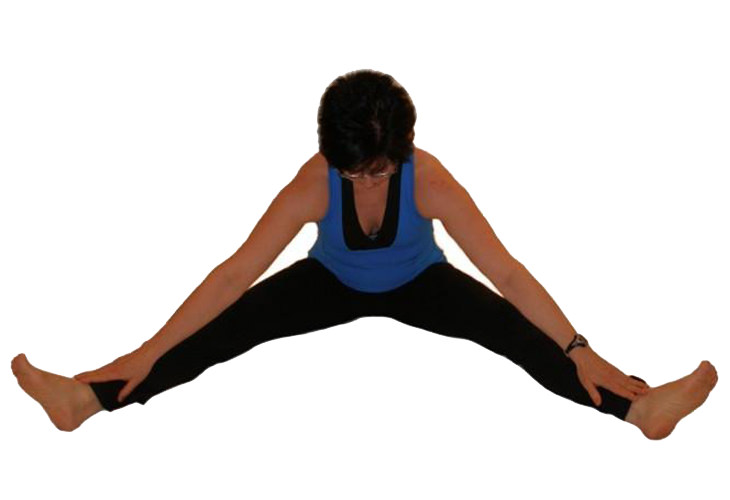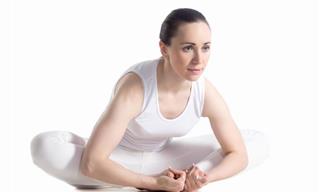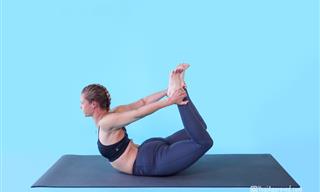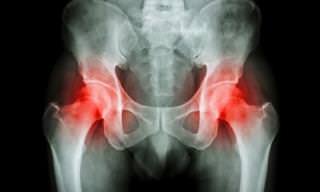Why Do Hip Stretches?
The hip is a ball and socket joint designed to naturally facilitate a large range of motion. It is home to some of the largest muscles in the body, as well as some of the smallest, with each muscle having a specific function designed to allow the hip to flex, rotate and extend as required.
Around 15 degrees of extension are required in order to allow us to walk normally. However, modern life often requires us to sit in the same position for prolonged periods of time - be it at work, home, or even in the car. Over time, this can cause the flexor and rotator muscles to tighten, and weaken the gluteal muscles responsible for extension. This degeneration will impair the mobility of the hips and negatively impact posture, while the back will frequently need to compensate for the lost movement, which can lead to back pain as well.
The Significance of Tight Hips as We Get Older
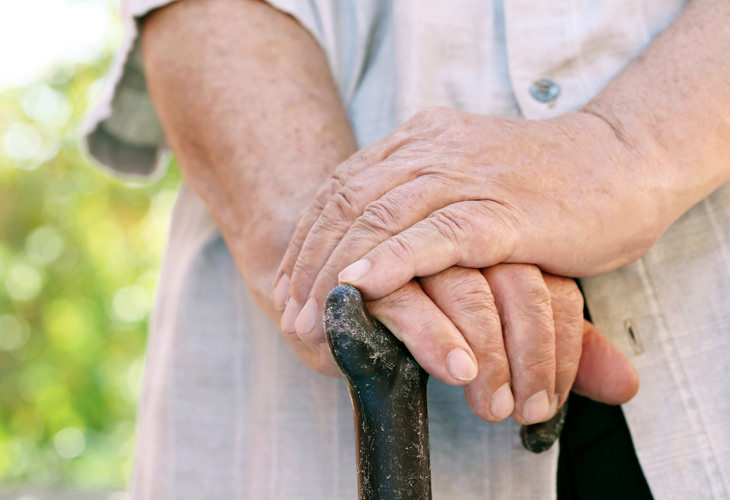
Gait analysis studies have shown that our stride becomes shorter as we get older. Shortened step length can be both a cause and symptom of impaired hip rotation. Tight hip flexors will cause us to walk with a reduced stride, while over time, the tendency to walk with shorter steps will lead to tightness in the muscles and impaired balance. Hip stretches can be a great preventative strategy to help maintain posture and prevent falls as we grow older.
As you age, other factors might lead you to become less mobile as well. The only activities that fully extend the hips are walking and running. It is important that we try to keep ourselves active for as long as possible, but if other issues have caused you to walk less than you once did, then hip stretches can compensate for the reduced extension of the pelvic muscles, and maintain the nimbleness of your hips.
Hip Stretches You Can Perform At Home
The following stretches are all designed to be performed at home, by people of any age. However, if you have chronic hip pain, long term back pain or arthritis, please consult your Doctor or Physical Therapist before committing yourself to any exercise plan.
1. Hip Extensor Stretches
The hip extensors are comprised of the hamstrings (the long muscles at the back of the upper leg) and gluteus maximus (otherwise known as your backside!), and together they facilitate mobility when you walk or run. We don't need to stretch the gluteus maximus too often as it naturally exists in an extended state when we are seated. However, the hamstrings contract when we sit down and can often become tight. Here are two easy hamstring stretches you can do at home:
The Standing Hamstring Stretch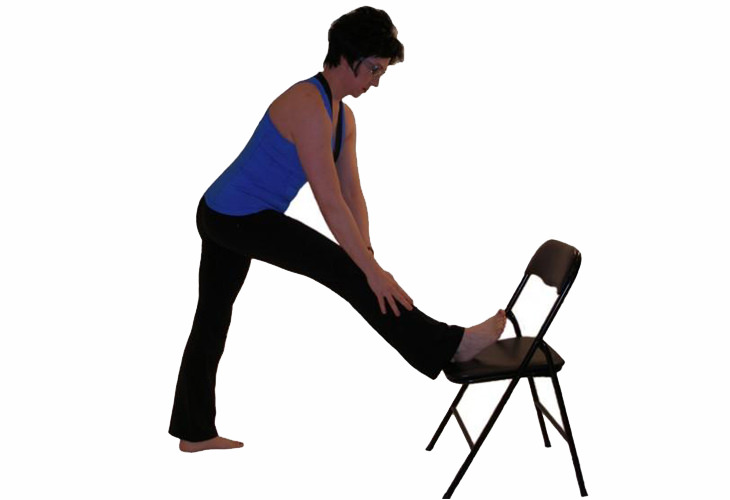
This stretch is proven to help hamstring flexibility, but is most effective if you are able to maintain a straight back while performing it:
1. Place a low chair or table in front of you and gently raise your leg on to it, while keeping your chest and back straight.
2. Bend forward at your hips (not your back) until you feel the muscle at the back of your thigh stretch.
3. Try and hold the position for as long as it is comfortable, 30 seconds is a reasonable guideline.
The Hamstring Stretch In a Doorway
1. Lie on the floor near an open doorway. Raise one leg so it rests against an adjacent wall, while lying the other flat against the floor and through the open doorway.
2. Gently pull yourself closer to the wall so that you feel a stretch at the back of your extended thigh.
3. Try and hold the position for as long as you comfortably can - again, 30 seconds is a reasonable guideline.
2. Hip Flexor Stretch
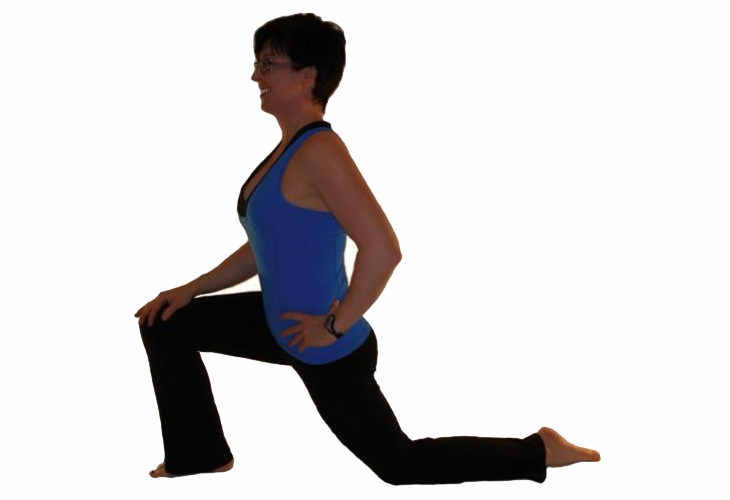
The hip flexors connect the hip, pelvis and abdomen and are responsible for flexing, as the name suggests. They are among the most powerful muscles in the body. Here's how you can help keep them supple:
1. To stretch the left hip's flexor muscles, kneel on your left knee and extend your right foot out in front of you so that it creates a 90-degree angle. You can put a cushion or something similar under the knee if you find it uncomfortable.
2. Rest your left hand on your left hip and push the left hip forward so that it moves ahead of your left knee, while leaving your right knee where it is.
3. Keep your chest extended and ensure that your hips remain straight - do not bend forward.
4. Swap knees and repeat the exercise for your right side flexors.
3. Hip Rotator Stretches
The internal and external hip rotator muscles are responsible for the twisting, turning and spinning motions of your lower body. We use these muscles countless times everyday, for a wide range of activities. These exercises can help keep them in good working order:
Internal Rotator Stretches
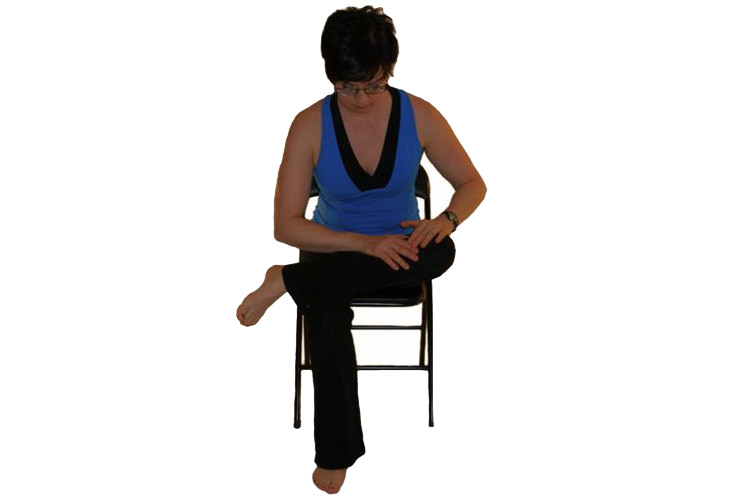
1. Stretch your left side by sitting crossed-legged on a supportive chair with your left leg placed across your right leg. Your left ankle should sit on your right thigh.
2. Use your left hand to apply gentle pressure to your left thigh until you feel resistance.
3. Breathe out while tilting gently forward at the hips, keeping your back and chest straightened. It is important that you don't adopt a 'hunched' position.
4. Hold the position for 30 seconds, or however long is feasible for you. Switch legs and repeat the exercise.
External Rotator Stretches
 1. Work your left external rotators by again sitting on the chair, and crossing your left leg across your right thigh so your left ankle is resting upon it.
1. Work your left external rotators by again sitting on the chair, and crossing your left leg across your right thigh so your left ankle is resting upon it.
2. Take hold of your left knee with both hands and slowly press it up towards your left shoulder.
3. Press until you feel resistance; don't go beyond this position as you may feel pain.
4. Hold the position for 30 seconds, or however long is comfortable for you. Switch legs and repeat the exercise.
4. Hip Abductor Stretches
The hip abductor muscles sit on the inside of your thighs. The long abductors cross both the hip and knee joint, while the short abductors cross only the hip joint. Here are some stretches that can help keep both types of abductor muscle supple:
Short Abductor Stretches
1. Kneel onto your left knee and extend your right knee out in front of you at a 90 degree angle.
2. Breathe in deeply, then slide your right knee out to the side and back.
3. Exhale and raise your chest.
4. Swap legs and repeat the exercise for the other hip.
Long Abductor Sitting Stretches
1. You can stretch both of your long abductors at the same time by sitting with your legs placed together but stretched out in front of you and your back straight.
2. Gradually try and work your legs apart as far as they will comfortably go. Relax and hold the pose for a few seconds.
3. Breathe in deeply while using your hips to bend forward until you feel resistance.
4. Be certain to keep your chest raised and maintain a normal curvature of the back; the bend should be at the hips.
5. Hold the pose for as long as comfortable - 30 seconds if you can.
5. Iliotibial Band Stretches
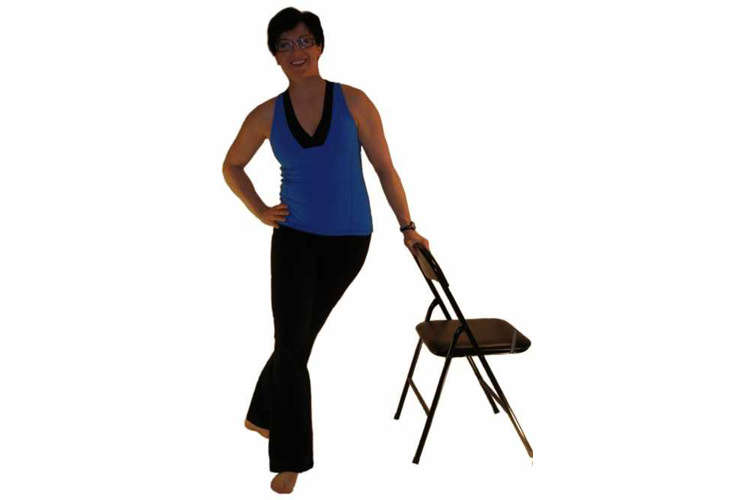
The Iliotibial band is an area of thickened muscle fibers that runs along the outside of the thigh and connects your hip to your lower leg. If yours is tight, it can cause you knee pain. This simple, preventative exercise will help stretch your left iliotibial band:
1. Lean against a chair with your left hand, and place your left foot behind your right foot. Point the toes of your left foot at a 45-degree angle or thereabouts.
2. Put your right hand on your right hip. Then push your left hip towards the chair while keeping your right leg straight.
3. Do not bend forward at the hips, or rotate the entire body. Make sure you remain upright, keeping your upper body in line with a wall.
4. Swap legs and repeat.
 Go to BabaMail
Go to BabaMail


